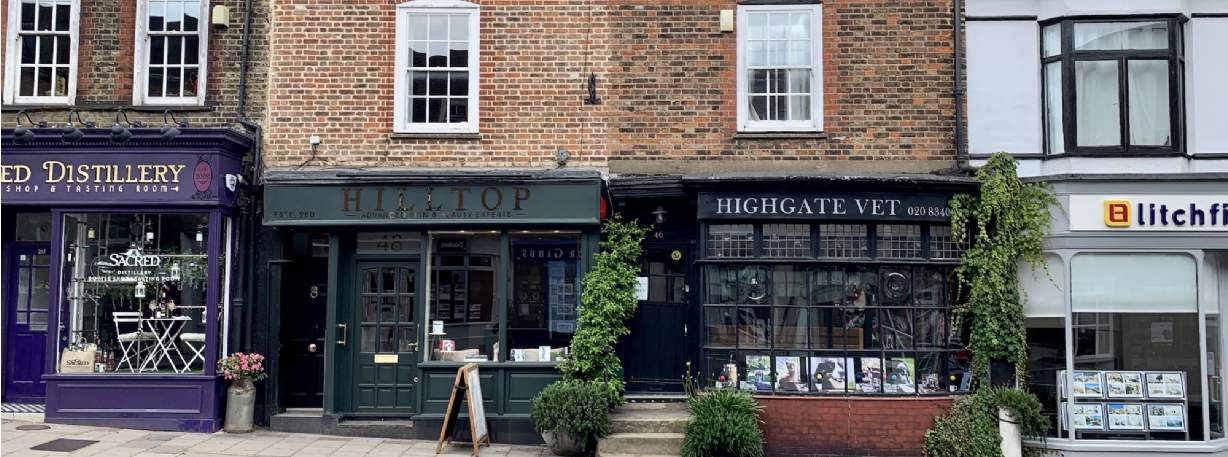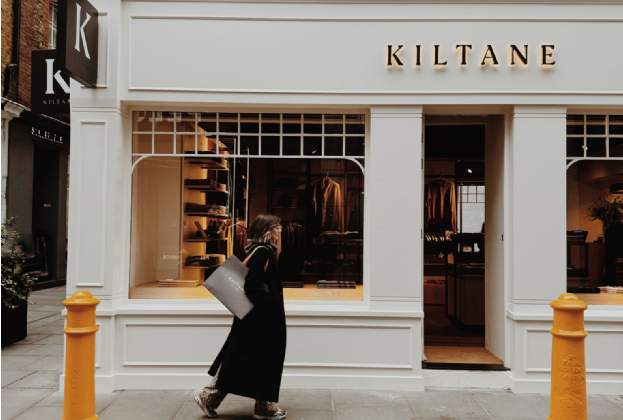A year ago, as the longer term impacts of the pandemic started to become more apparent, we wrote about the emergence of the so-called doughnut effect across London’s retail market.
The doughnut effect was borne out of government advice to work from home during lockdowns, which, in turn, supported footfall across local, outer London high streets. Six months on from (hopefully) the final UK lockdown, we’ve explored whether or not the doughnut effect remains.
Firstly, no location has been completely immune to the challenges facing the retail sector and almost all markets continue to report footfall declines compared with pre-Covid-19. However, some locations continue to fare better than others in terms of recovery.
Google mobility data shows that outer London boroughs continue to report a smaller footfall gap compared with pre-Covid-19 levels. In fact, all outer London boroughs currently outperform the Greater London average with some areas, such as Waltham Forest and Barking / Dagenham, outperforming the average for the UK as a whole.
This trend is consistent with results issued by retailers and leisure operators throughout the year. For example, in the summer, Franco Manca reported that like-for-like sales in central London were down -41 per cent compared with pre-Covid-19, while its suburban locations reported growth of circa 30 per cent.
So, is the doughnut effect set to remain and what does it mean for London’s retail and leisure landscape?
We can see that the effect is still in evidence, but it’s clear that the gap in recovery between inner and outer London areas is starting to narrow. After a turbulent 18 months, footfall across central London does appear to be picking up pace consistently, with October reporting the strongest month of mobility for the City and Westminster since the start of the pandemic.
While we are seeing more people return to the office, supporting the recovery in city centre locations, we do expect to see higher instances of home working compared with that seen before the pandemic. This will continue to support a resurgence in local high streets, attracting new entrants, from both independents and larger players.
For example, Pret A Manger’s recently announced £100 million expansion focuses on suburban areas. Meanwhile, Amazon Fresh opted for London locations in zones 2 and 3 for all six of its new London sites (at time of writing), including Dalston, Ealing and Wembley. Gym operator 1Rebel, which ordinarily focused on locations with high office densities, has also pivoted to a more local model, aiming to open various 'local studios' to capitalise on flexible working models with Hammersmith opening in August and Ealing opening soon.
So while it is of course difficult to predict the exact direction of things, what we are seeing is that the distinctness of the doughnut shape may be beginning to shift, with brands taking a more balanced approach to both central London and suburban locations.
Further information
The doughnut effect: creating retail opportunities for London's suburbs

.jpg)







.jpg)
